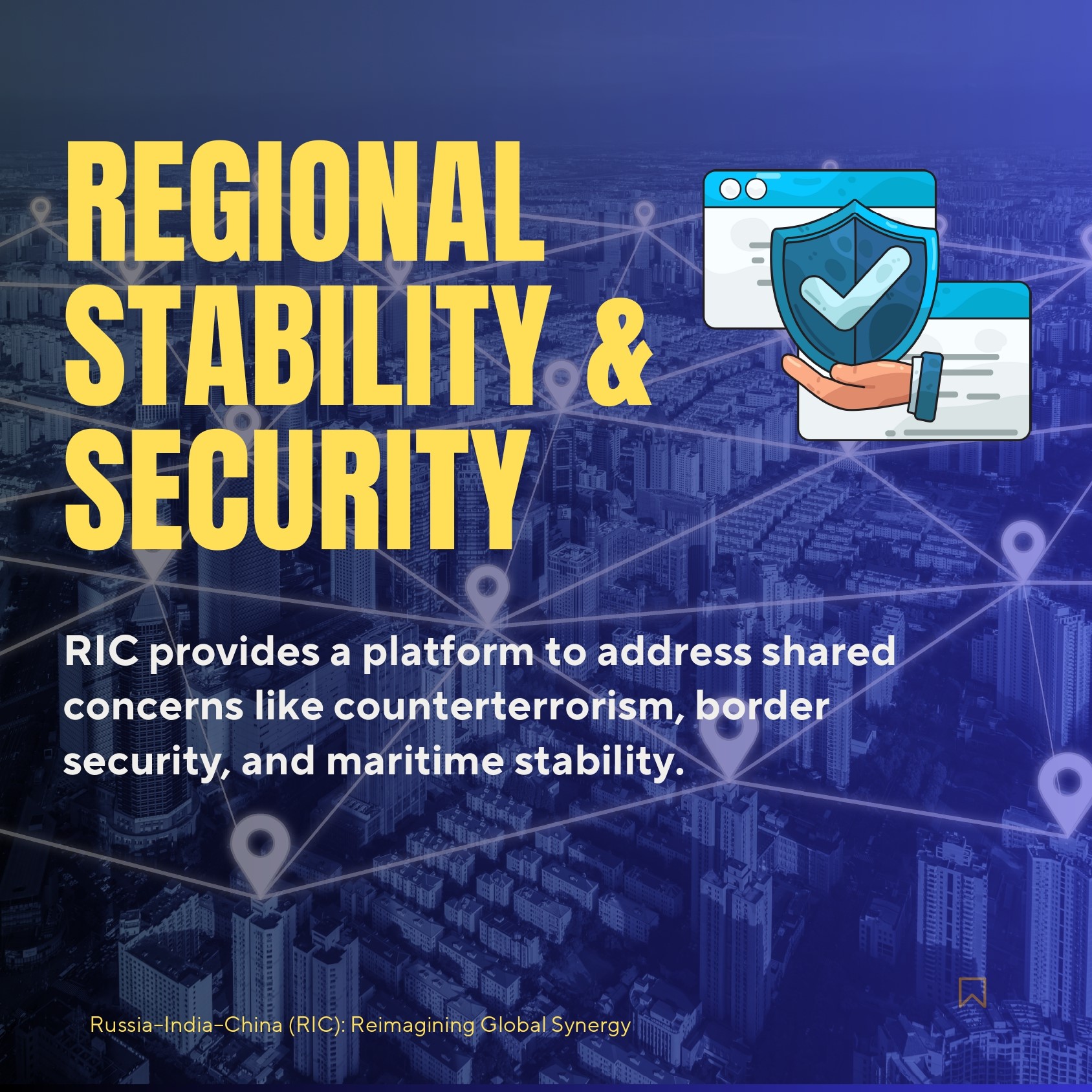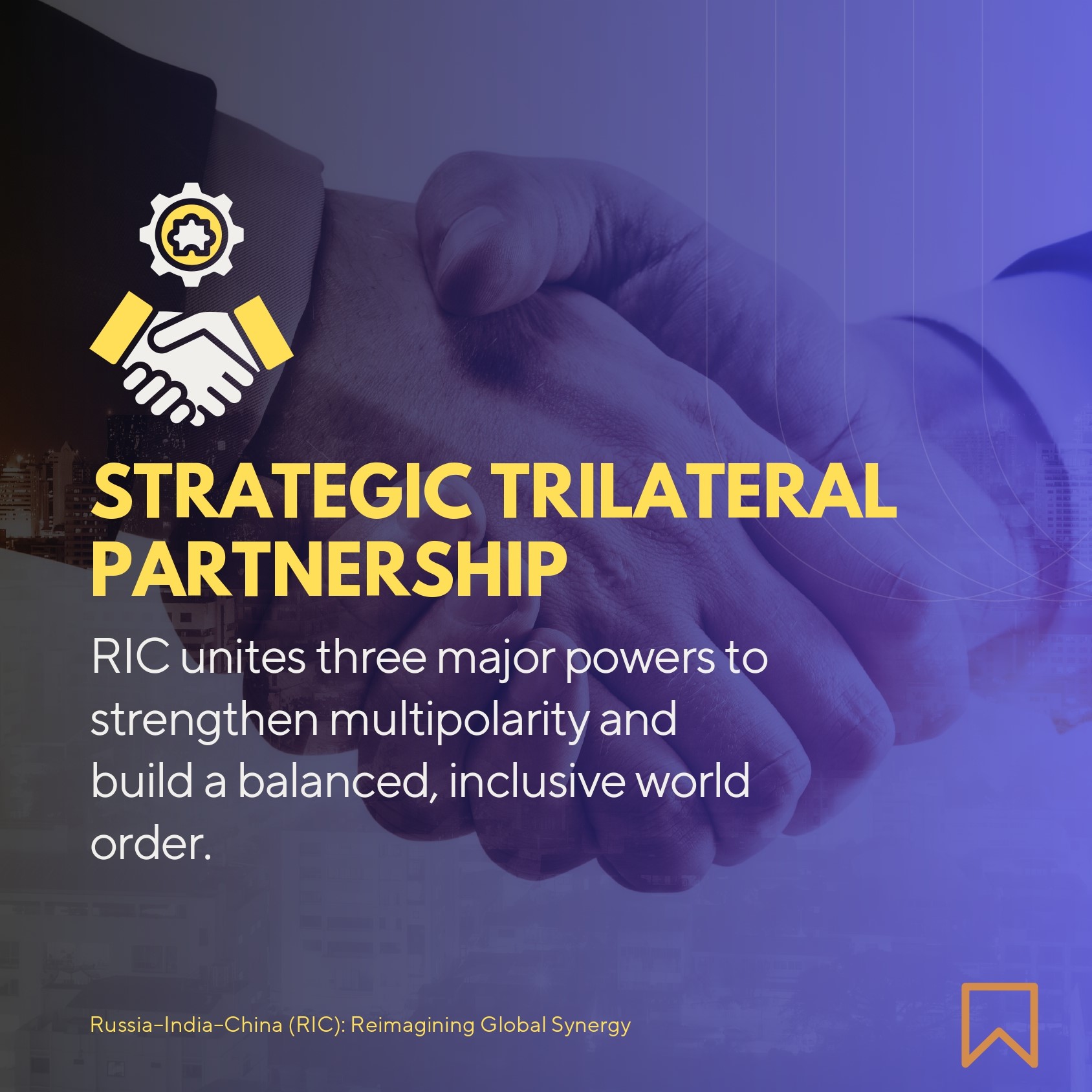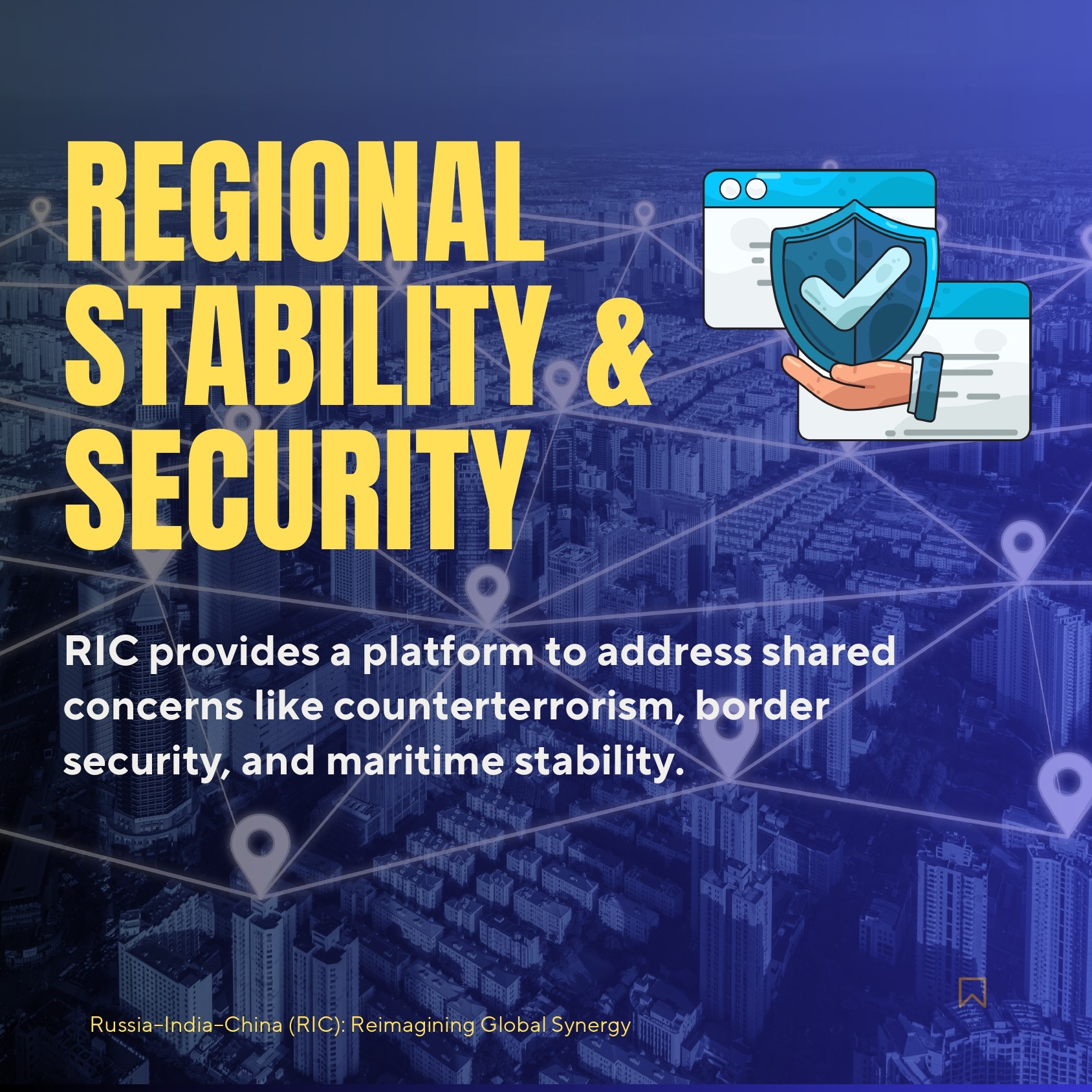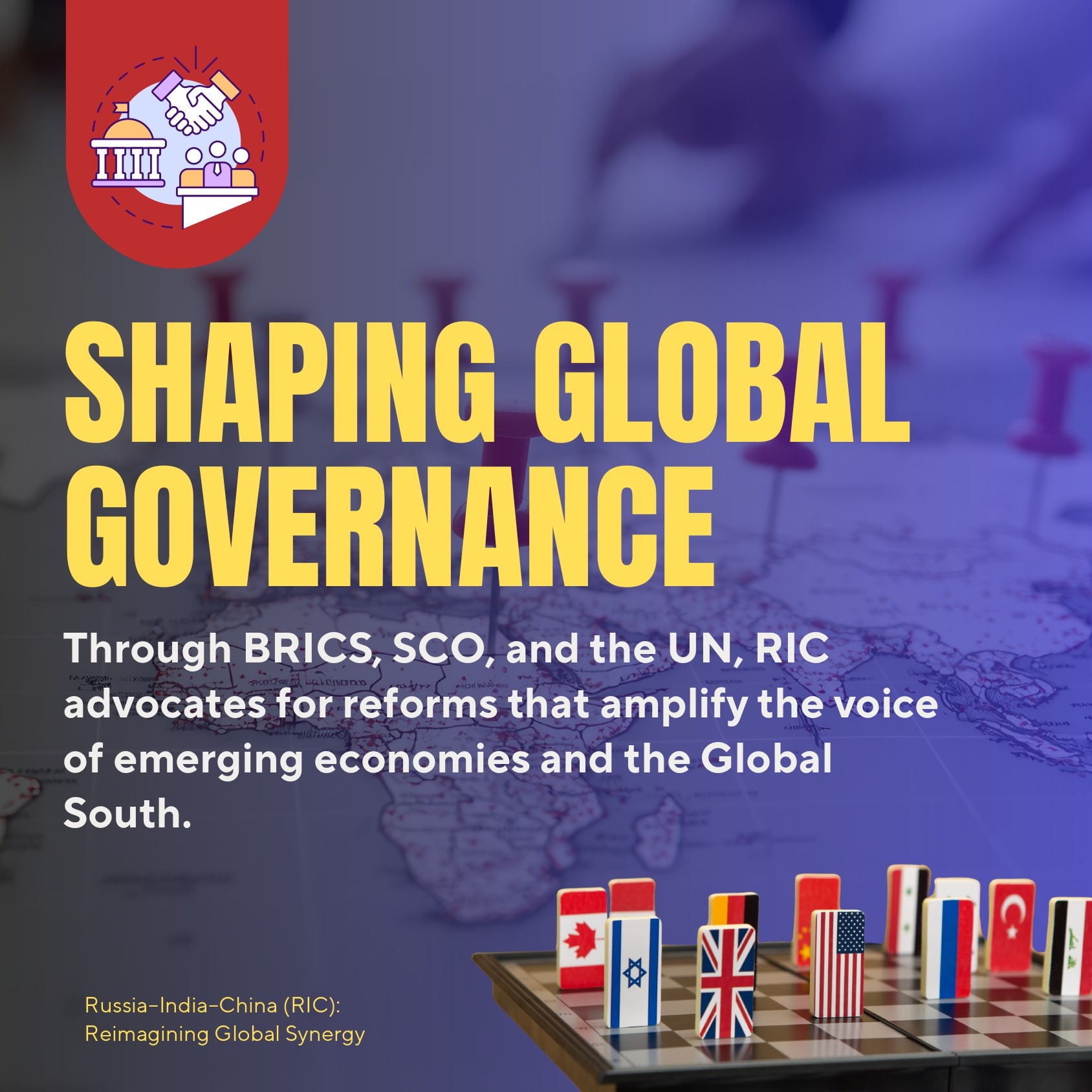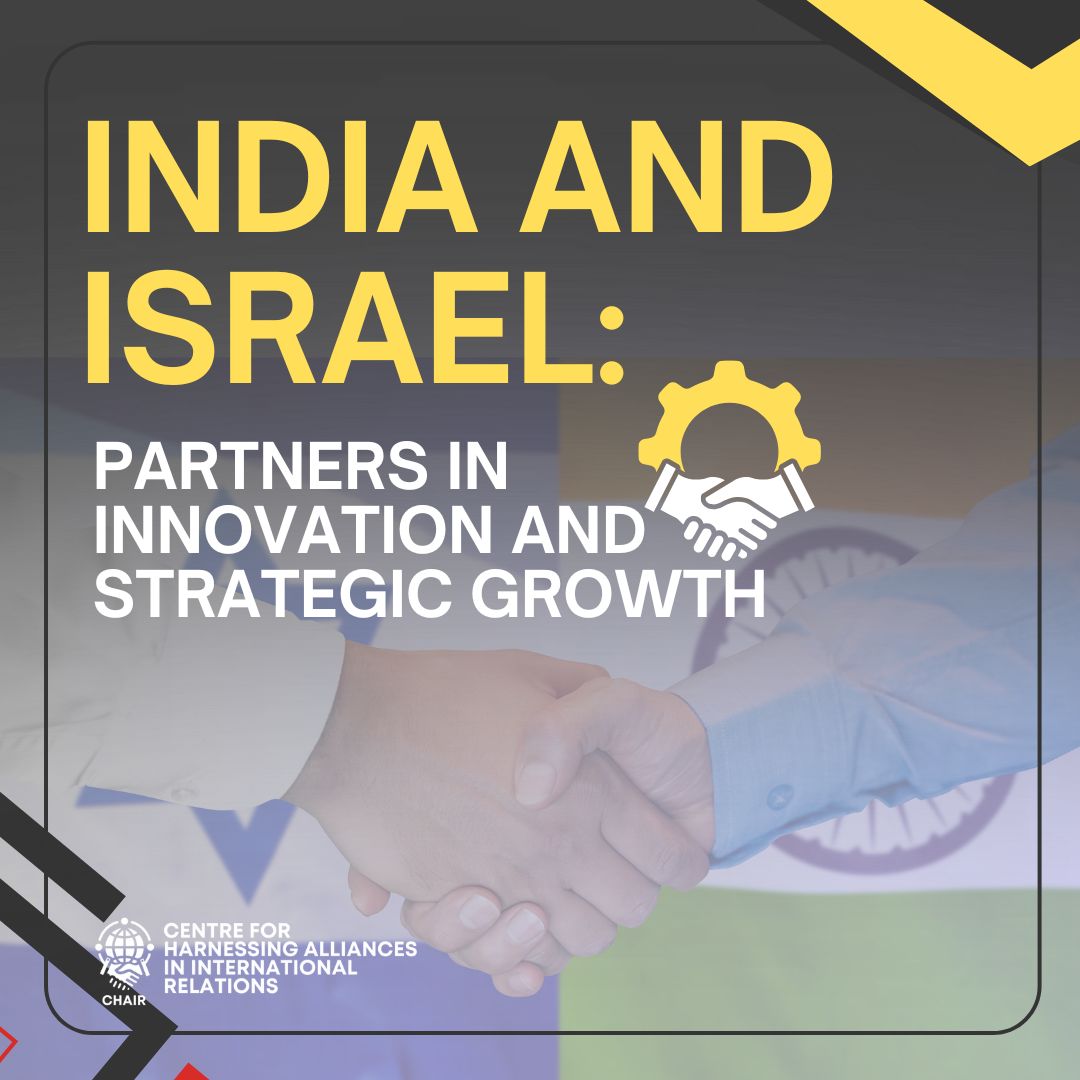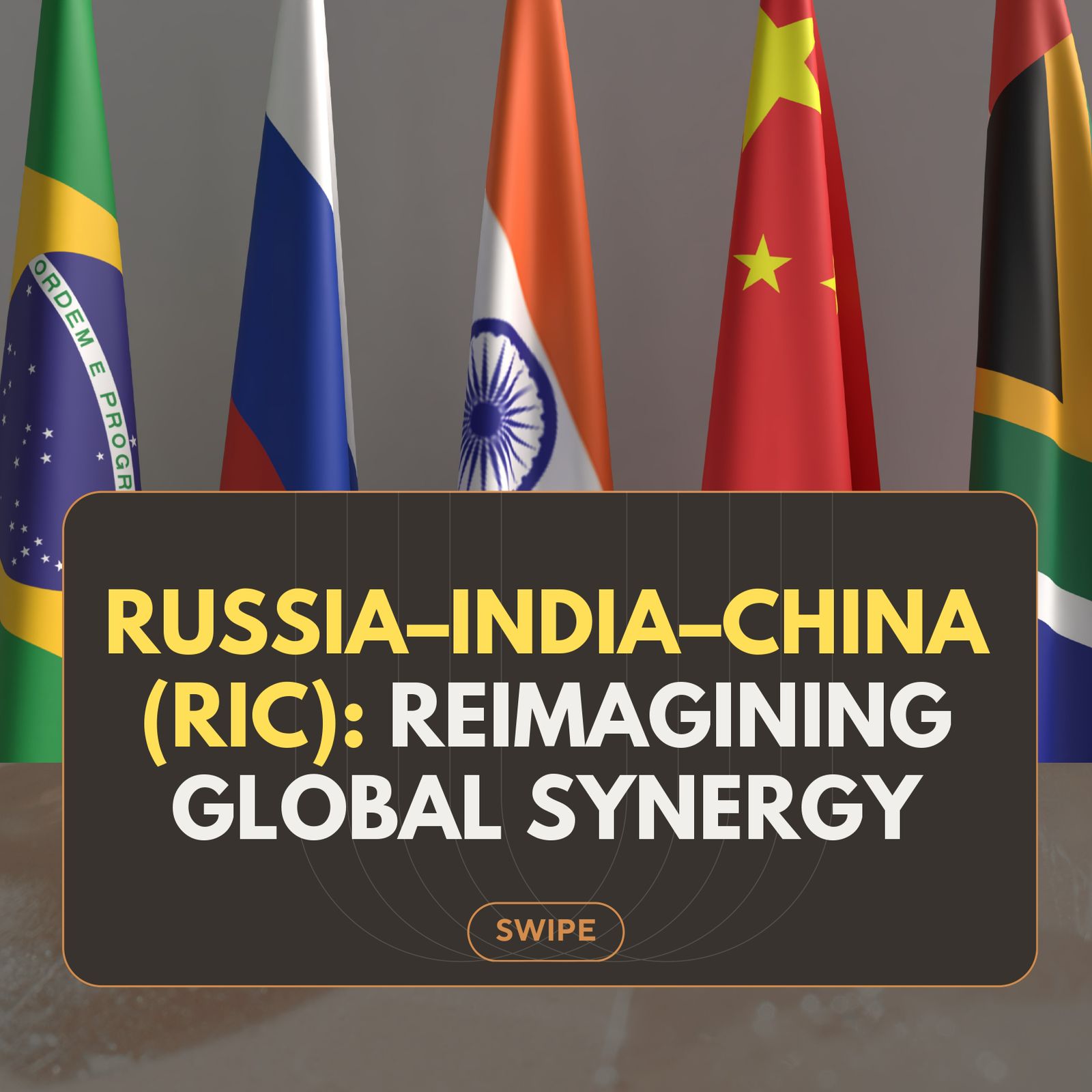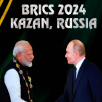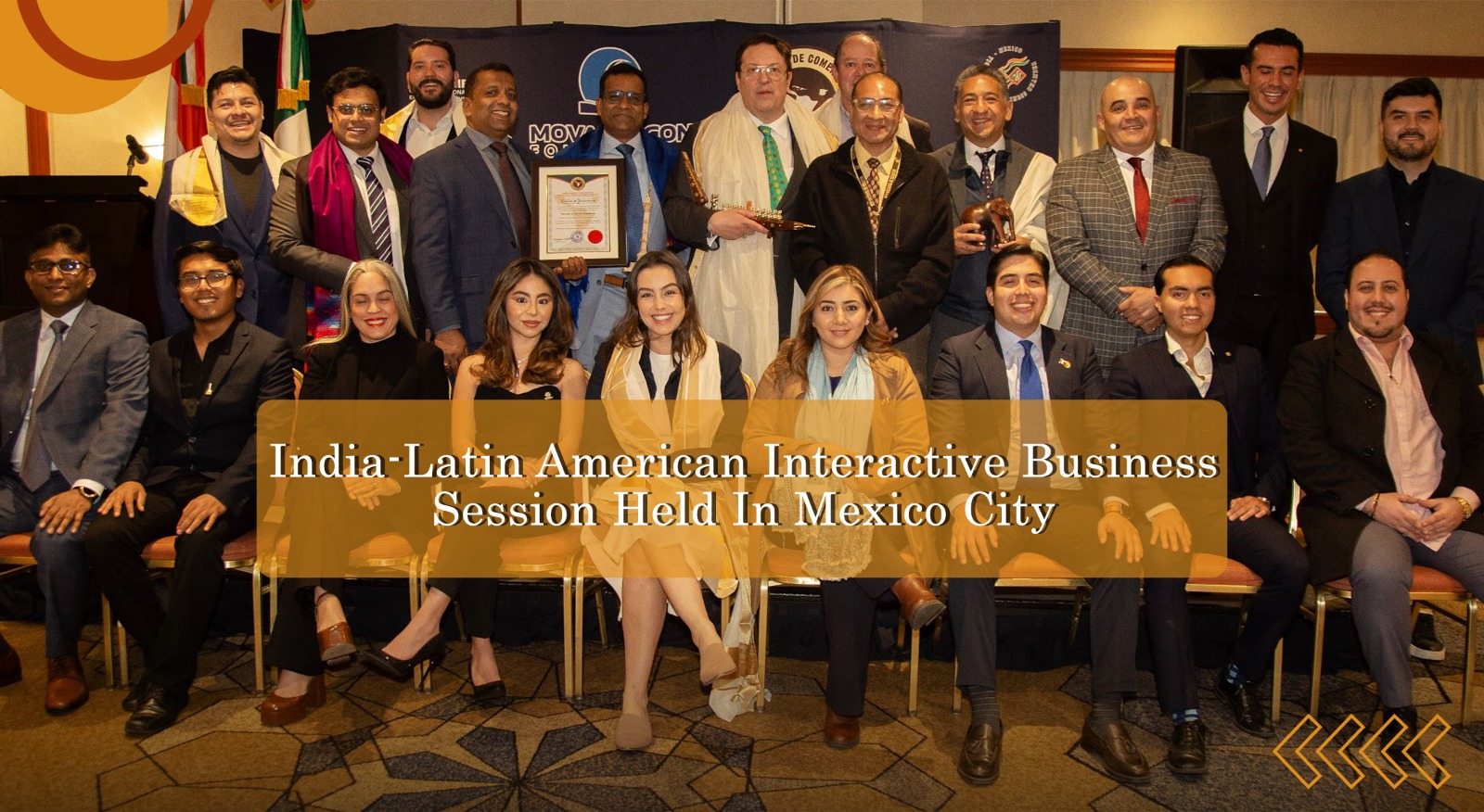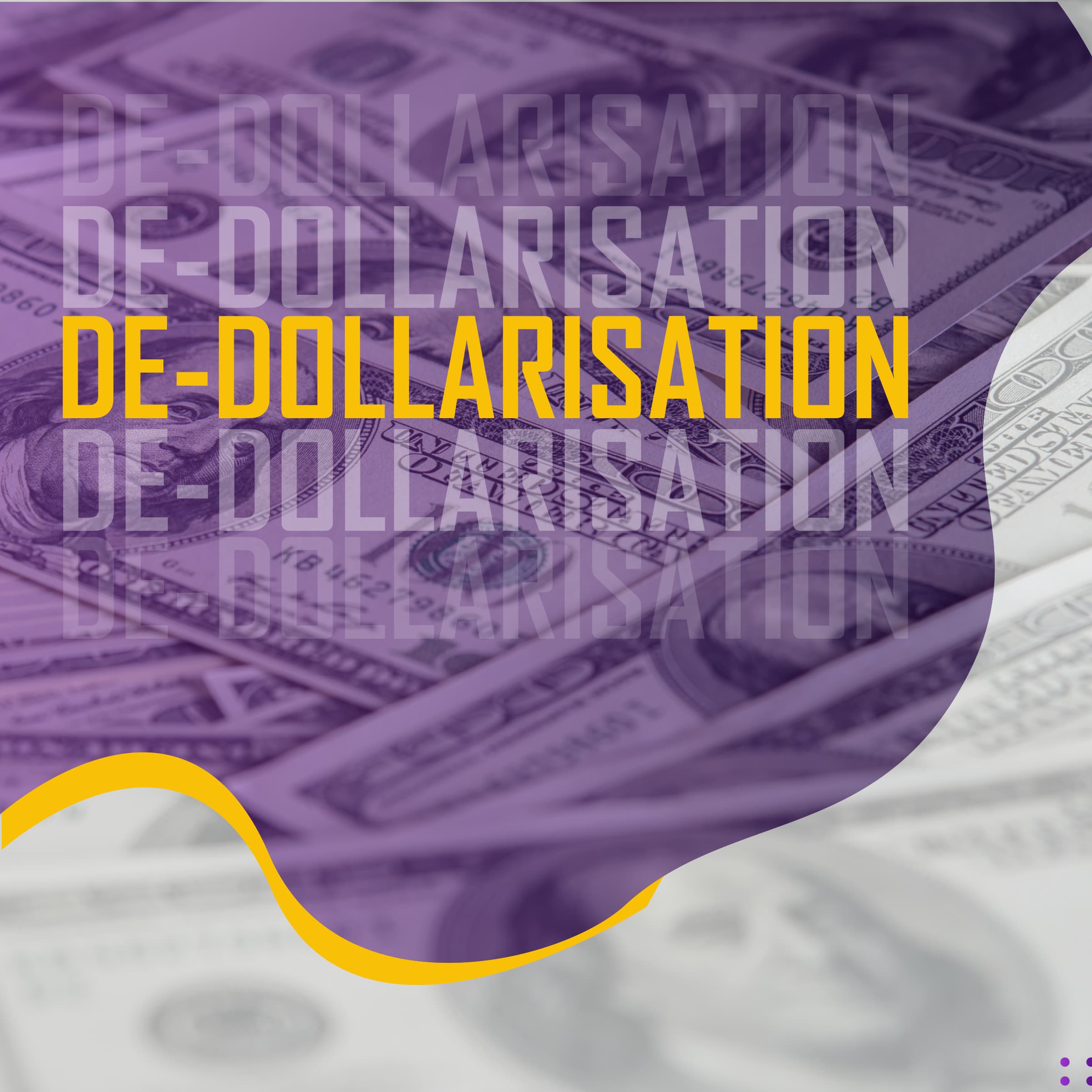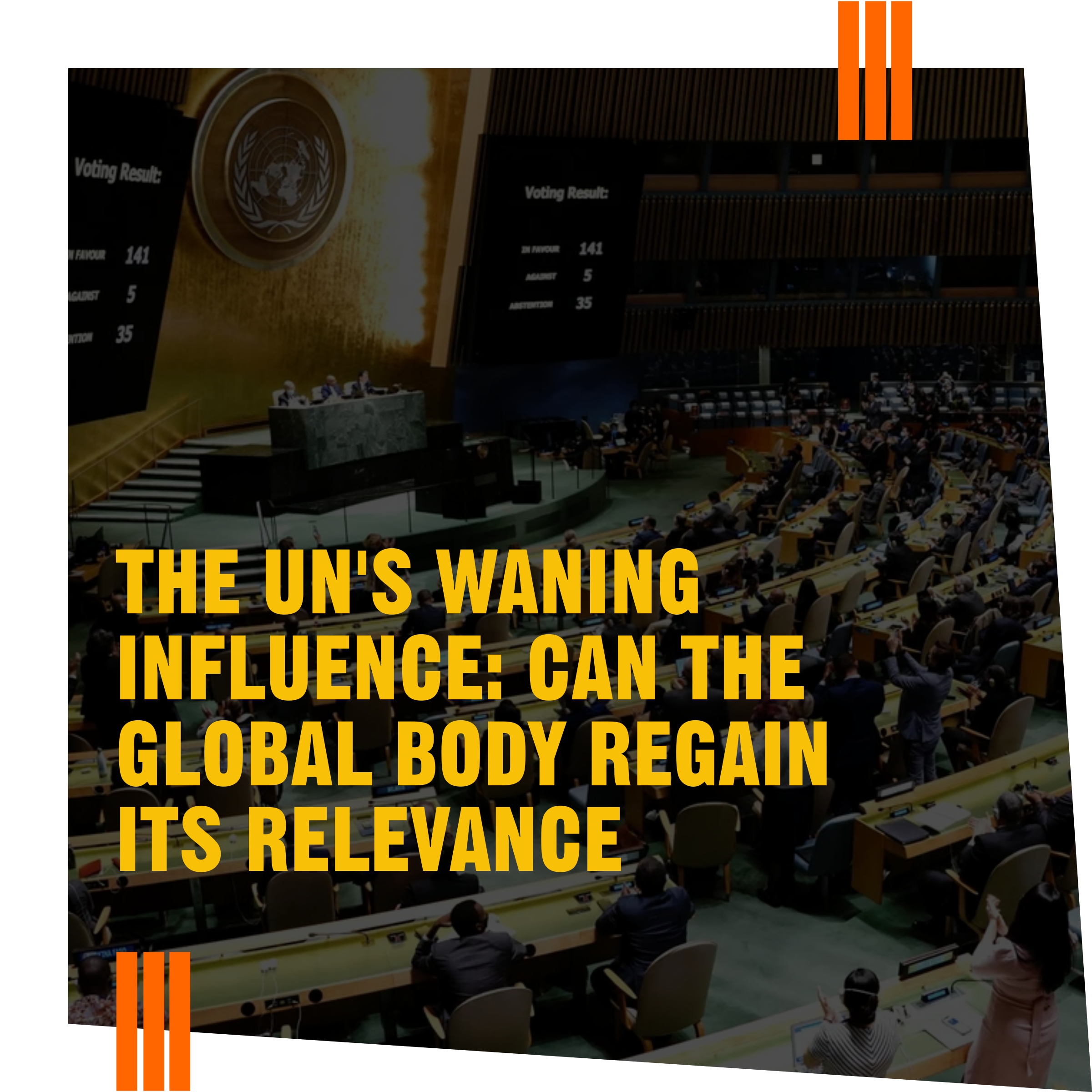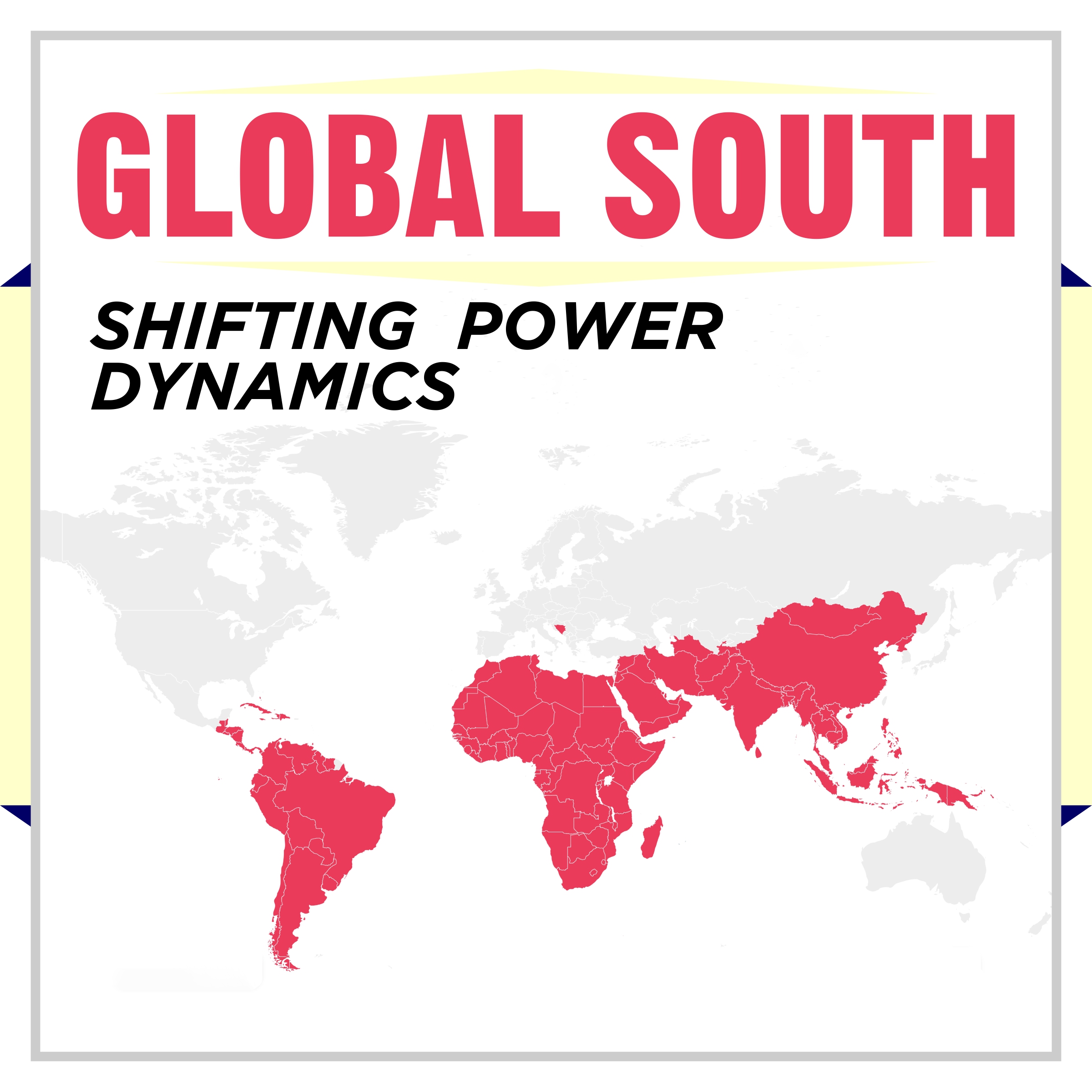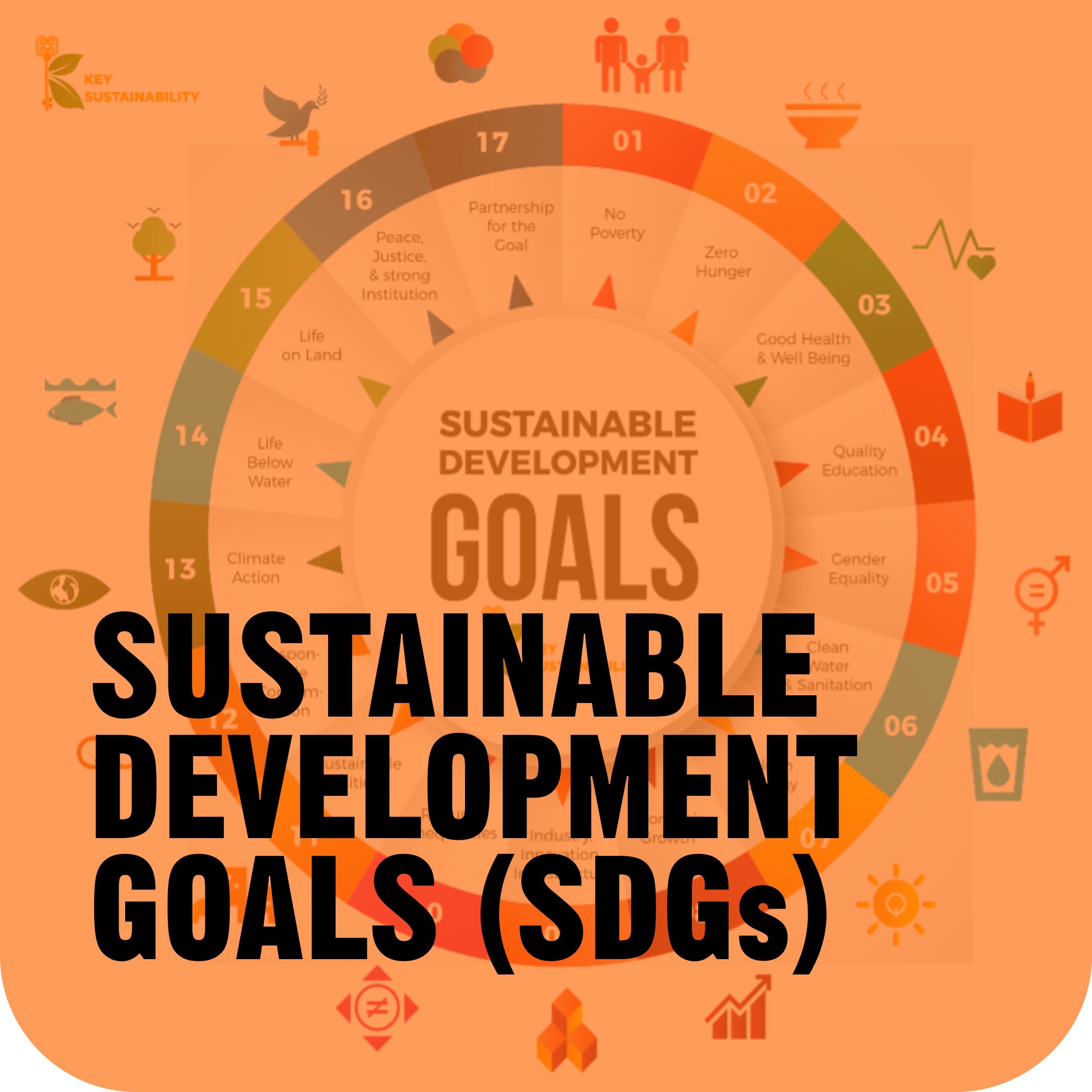India and Russia have enjoyed steady relations for decades, while India and China have had their differences, including serious confrontations like the Galwan clash. Yet both sides have continued to work together through multilateral platforms such as BRICS and the Shanghai Cooperation Organisation. That ongoing dialogue has helped keep communication alive and has prevented relations from freezing completely.
Recently, diplomatic conversations between New Delhi and Beijing have shown signs of cautious easing. This new willingness to talk has given a quiet boost to BRICS and to RIC, reviving the idea that cooperation is still possible even in a contested environment.
Also, the world itself is changing in ways that make such cooperation more relevant. Power is no longer concentrated in a single capital. The international order is moving towards multipolarity and multilateralism, where no country holds complete control or dominance. This gradual power shift has unsettled the United States, which has long seen itself as the center of global influence. But for countries like India, and for others that have long sought an equal voice, this global realignment could be a blessing in disguise. It opens up space for emerging nations to come together, hold hands and create a new synergy based on mutual respect rather than hierarchy.
However, it is not that RIC and the countries within it do not have problems of their own. Russia’s global isolation following the conflict in Ukraine has made it politically and economically cornered by the West. Sanctions have pushed Moscow to seek alternative partnerships, but they have also reduced its flexibility. At the same time, India and China face deep differences. China’s expansionist policies, its growing assertiveness in the South China Sea and Asia Pacific, and its String of Pearls strategy across the Indian Ocean all pose challenges to India’s security and strategic interests. These conflicting goals and perceptions remain a major obstacle to RIC’s success. Yet, if handled with care and strategic foresight, this trilateral cooperation could reshape the global landscape in ways that promote stability, balance and cooperation.
For India, the timing could not be more critical. A world without fixed centers of power allows New Delhi to act independently, to build bridges across regions and shape its own future. Strategic cooperation with Russia and China does not mean alliance or alignment. It means autonomy. It gives India more room to maneuver, to diversify its relationships and to protect its national interests in an uncertain world.
Russia continues to be a trusted partner in energy, defense and technology. China, despite being a competitor, remains a vital trading partner and an unavoidable force in Asia. Working with both, even selectively, strengthens India’s presence in the evolving global order.
At a deeper level, RIC is not only about economics or policy. It carries a civilizational resonance. These are three ancient cultures that have interacted for centuries through trade, art, spirituality and ideas. Across the Silk Routes and the Himalayas, Indian monks, Chinese scholars and Russian travelers once exchanged knowledge and philosophy. That shared past of curiosity and coexistence offers inspiration for a new era of diplomacy that values dialogue over dominance.
Politically, all three nations share a weariness with the notion of a single superpower dictating global affairs. They believe that a balanced world is a safer and fairer world. RIC, BRICS and the Shanghai Cooperation Organisation all stem from this belief that international cooperation must rest on equality and respect for sovereignty. The goal is not to replace the West but to broaden the framework so that global governance reflects the realities of the twenty first century.
Economically, the three nations complement one another. Russia’s resources, China’s industrial capacity and India’s growing digital and service strength form a natural partnership. Initiatives such as the International North South Transport Corridor or the maritime link between Chennai and Vladivostok show that regional integration is already underway. When Indian innovation meets Russian energy and Chinese scale, it can create a powerful model of cooperation.
Security and technology cooperation are equally essential. All three nations face the challenges of cyber threats, terrorism and information warfare. Sharing intelligence, developing digital resilience and engaging in narrative management can build trust and stability. None of them seek confrontation; all prefer negotiation and mutual respect as the path forward.
What makes RIC compelling is its understated confidence. It does not depend on slogans or grandstanding. It progresses quietly through steady dialogue and pragmatic engagement. India brings balance, Russia brings resilience and China brings momentum and together they hold the potential to shape a more inclusive and equitable world order.
As humanity enters an era of artificial intelligence, renewable energy and climate adaptation, partnerships like RIC could become central to global progress. If these nations can move beyond rhetoric to real cooperation in technology, education and sustainable development, they could offer an alternative path — one defined not by dominance but by dignity.
The road ahead will be complex, filled with differences and disputes, but diplomacy is built on endurance, not perfection. The essence of RIC lies in the belief that conversation must continue even when consensus seems distant. Its future depends not on power but on patience, and on the shared conviction that a balanced world is a better world for all.

